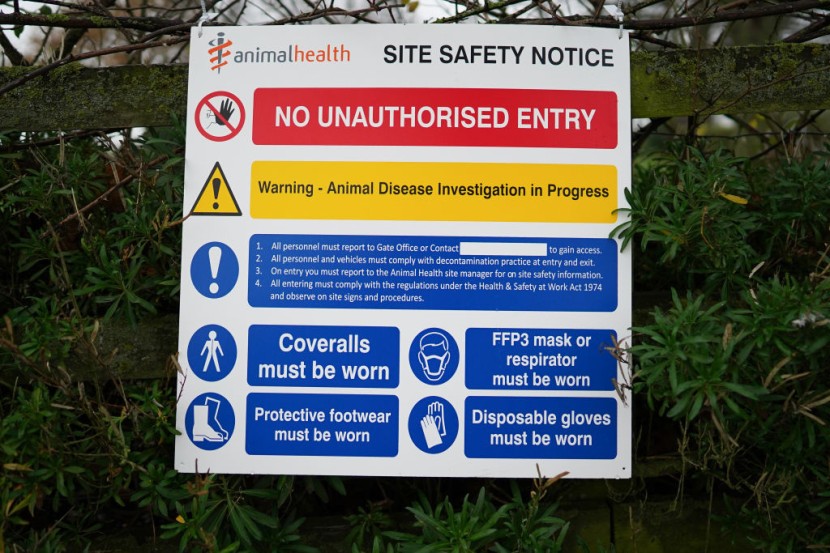
Numerous nations have reported cases of poultry and wild birds ailing from influenza A H5N8, a highly pathogenic avian influenza virus (AIV). The subtype of flu was not regularly associated with human infections. However, this changed last February when seven poultry farm workers in southern Russia became the first recorded human cases of H5N8 bird flu.
On February 18, 2021, the National IHR Focal Point for the Russian Federation informed the World Health Organization of the discovery of avian influenza A(H5N8) in seven people who served as clinical specimens. According to a WHO Europe spokesman, infected workers who were exposed to bird flocks. The workers were asymptomatic. No evidence was reported that they transmitted the virus on to other people, reported Very Well Health.
H5N8 bird flu strain: How is it transmitted?
Scientists from the Chinese Center for Disease Control and Prevention and Shandong First Medical University cautioned that H5N8 has demonstrated it could be transmitted from species to species. It also holds the potential to ignite a devastating pandemic. According to the researchers, "At least 46 countries have reported highly pathogenic H5N8 AIV outbreaks. The global spread of AIVs, particularly the H5N8 subtype, has become a major concern to poultry farming and wildlife security but, critically, also to global public health," reported IFL Science.
Positive clinical specimens were accumulated from poultry farm workers who contributed in a response operation to mitigate an H5N8 outbreak detected in a poultry farm in Astrakhan Oblast in the Russian Federation. The State Research Centre conducted the laboratory confirmation of such specimens for Virology and Biotechnology VECTOR (WHO H5 Reference Laboratory), reported the WHO.
According to Anna Popova, the leader of Russia's Federal Service for Surveillance on Consumer Rights Protection and Human Wellbeing, the workers were fine, and that the situation did not develop further. The outbreaks of the strain have been discovered in Europe, Russia, the Middle East, China, and North Africa.
Avian flu strains could be transmitted across the globe through the migration of wild birds. If the virus can make its way into a poultry farm, an outbreak could quickly commence, usually resulting in the death or culling of millions of birds.
H5N8 Statistics
The ages of seven positive cases ranged from 29 to 60 years. Five individuals were female. From December 3 to 11, a total of 101,000 of the 900,000 egg-laying hens on the farm were recorded fatalities.
According to Pedro Piedra, MD, a professor of molecular virology and microbiology at Baylor College of Medicine in Texas, it is promising that the confirmed cases were asymptomatic. They have very little data. However, the data that is out there proposes this will not result in severe disease.
The virus strain that surfaced in Russia belongs to H5N8 AIV clade 2.3.4.4.b. It is a branch on the family tree of clade 2.3.4. The clade 2.3.4 was initially isolated from a domestic duck at a Jiangsu wet market in China in 2010.
© 2025 HNGN, All rights reserved. Do not reproduce without permission.








